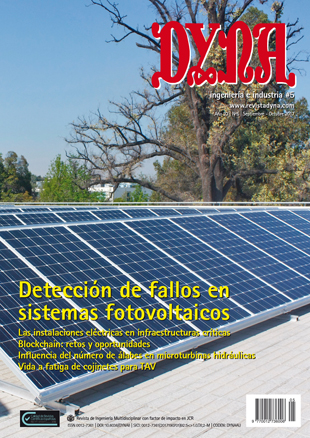BOILER INLET DUCT SHAPE DESIGN OPTIMIZATION FOR COMBINED CYCLE POWER PLANTS
Keywords:
aerodynamic optimization, optimization methodology, multi-attribute, hybrid direct search, geometry parameterization, computational fluid dynamics, heat recovery steam generators, optimización aerodinámica, metodología de optimización, multi-atributo, búsqueda directa híbrida, parametrización geométrica, dinámica de fluidos computacional, calderas generadoras de vapor por recuperación de calor.Abstract
A particular kind of industrial boilers, referred to as Heat Recovery Steam Generators (HRSGs), are used in combined cycle power plants to recover part of the heat of the exhaust gases of a gas turbine to generate steam and power a steam turbine. Ever since the use of HRSGs for power plants, the shape design of the inlet duct at the entrance to these units, one of their most critical components, has followed greatly unchanged design guidelines. The contribution of this paper is twofold: on the one hand, it shows that there is substantial room for improvement in the shape design of the inlet ducts of HRSGs, in terms of achieving a lower pressure drop, a higher velocity uniformity and an important cost reduction of the unit; on the other hand, it shows how the application of the Combined Hybrid Direct Search (CHDS) algorithm, applicable in many fields for aerodynamic shape optimization involving big displacements, can find these improved designs, which can be quite unconventional and non-intuitive. The results obtained for the two HRSG families presented show that there are optimum trade-off design points with simultaneous reductions in pressure drop of up to 20-25%, in lateral surface of up to 38% and in length of up 16%, while having comparable velocity uniformities to the existing designs.Downloads
Published
2017-09-01
Issue
Section
ARTICULOS

